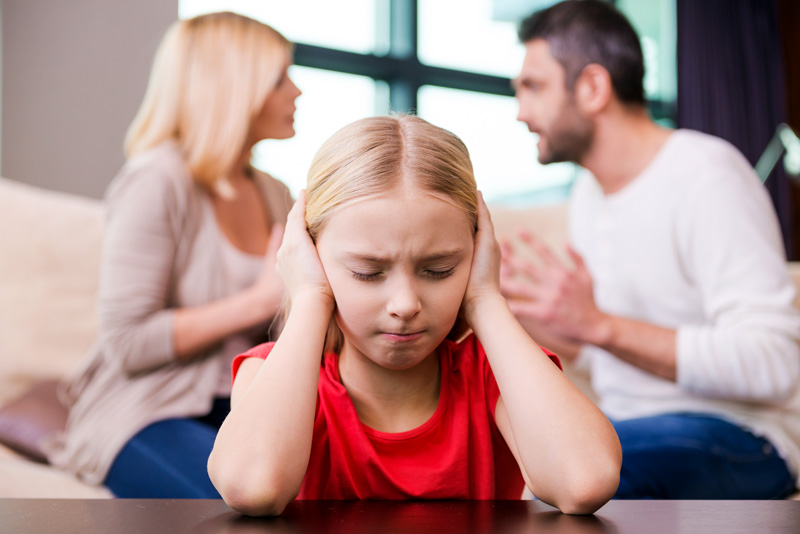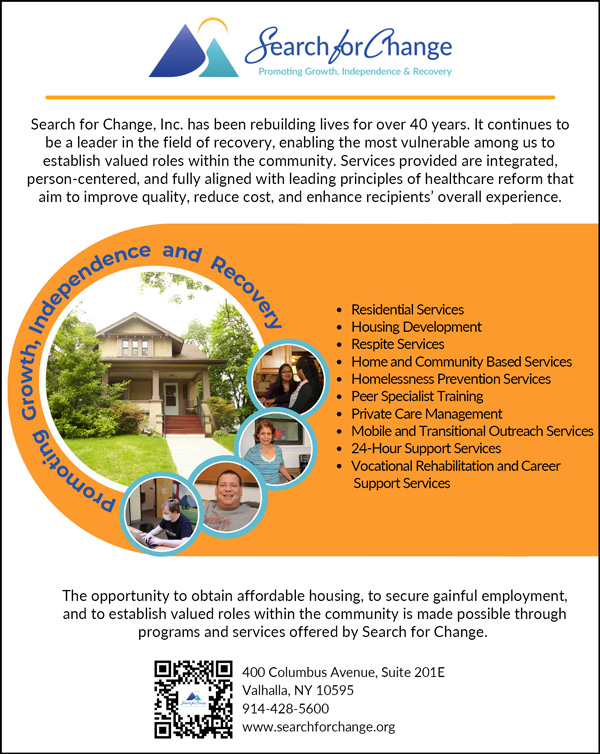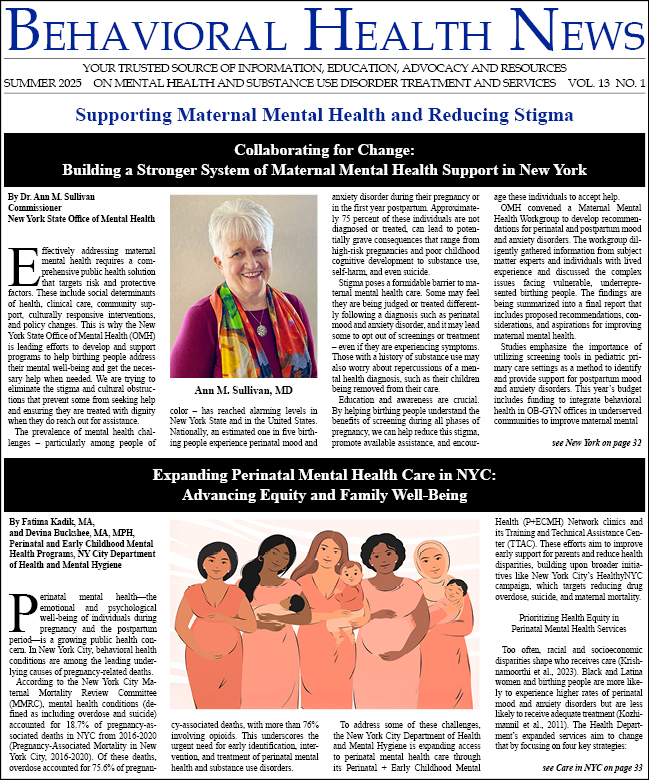Our nation’s youth are in crisis. Such a sweeping characterization of an entire demographic would ordinarily border on hyperbole, but as Robert F. Kennedy proclaimed when he announced his candidacy for the Presidency nearly 60 years ago, “These are not ordinary times.” In October 2021, the American Academy of Pediatrics, American Academy of Child and Adolescent Psychiatry, and Children’s Hospital Association issued a joint statement that declared a National State of Emergency in Children’s Mental Health. This declaration enumerated several measures policymakers and governmental authorities must institute to address epidemics of anxiety, depression, suicidality, and associated indications of severe distress now prevalent among children and adolescents. These included increased federal funding to promote evidence-based screening, diagnosis, and treatment services; removal of regulatory barriers to telemedicine and related technologies; promotion of school-based mental healthcare; advancement of trauma-informed care; and creation of career pathways for aspiring child and adolescent behavioral healthcare providers, among others (American Academy of Pediatrics, 2021). This declaration was issued during the peak of the COVID-19 pandemic and partially in response to a precipitous rise in the incidence of mental illness that accompanied it. It should be noted, however, that the decline in child and adolescent mental health began long before the arrival of the novel Coronavirus. An extensive body of academic research has revealed a disconcerting trajectory in youth mental health that began in the post-World War II period and persisted throughout the ensuing decades.

Some investigators suggest the origins of this crisis may be located in sweeping sociocultural upheaval of recent decades that has significantly altered our collective approach to child-rearing. These researchers have examined the correlation between children’s loss of unstructured time to engage in activities of their choosing independently of adult involvement and oversight (i.e., “free play”) and a decline in their mental health and overall wellbeing, and they have explored potential causal mechanisms underpinning this association (Gray et al., 2023). Chudacoff (2007) documented a continual decline in opportunities for children to engage in free play that began in the mid-1950s as adults exerted increasing control over their activities. Chudacoff’s findings are supported by other studies, one of which sought to quantify this decline during the last two decades of the 20th Century. This study elicited parents’ reports of their children’s activities via surveys administered in 1981 and again in 1997, and it revealed a 25% decrease in time children spent playing during this period. Playtime was replaced by structured activities, most of which entailed the involvement or oversight of adults. That is, between 1981 and 1997, children of the parents surveyed experienced marked increases in the amount of time spent in school, completing schoolwork at home, conversing with others in their homes, and shopping with their parents (Hofferth & Sandberg, 2001). A loss of play time might appear to be a relatively inconsequential development with few, if any, ill effects on children’s mental health, but a body of evidence has emerged in recent years to indicate free play has salutary effects on children’s happiness and promotes their acquisition of essential life skills and eventual independence. In a comprehensive review of the literature on this subject, Yogman et al. (2018) described key findings on which investigations have converged, all of which affirm the value of free play and suggest its absence might imperil children in ways heretofore unknown to parents and policymakers alike. In summary, the play has been shown to promote safe, stable, and nurturing relationships among participants and to facilitate their cultivation of numerous competencies, particularly within the realm of executive functioning (Milteer & Ginsburg, 2012).
The foregoing findings are aligned with others that have explored the relationship between children’s free play and their Locus of Control (LOC). As conceptualized by leading researchers on this subject, individuals with an external LOC generally attribute events and circumstances to factors beyond their control, whereas those with an internal LOC exhibit a greater sense of agency and empowerment in navigating life’s challenges (Gray et al., 2023). A low LOC is predictive of anxiety and depression among children and adults (Sullivan et al., 2017). Conversely, a high LOC is commonly associated with greater self-control, improved self-esteem, and better mental health outcomes overall (Churchill et al., 2020; Buddelmeyer & Powdthavee, 2016). Twenge et al. (2004) documented both a marked increase in the incidence of depression and anxiety among children and adolescents and a decrease in their LOC throughout the second half of the 20th Century. Such an inverse correlation does not constitute evidence of a causal relationship, but when viewed alongside studies described above, it suggests young people have experienced a gradual disempowerment that has compromised their overall health and wellbeing. This trend would be worrisome even in the absence of the sociopolitical and economic upheaval of recent years. The rapid incursion of social media into the lives (and minds) of our youth, widespread environmental degradation, mounting political polarization, and economic volatility represent existential threats to an already fragile generation.
Additional research has explored a general decline in child and adolescent physical health as evidenced by rising rates of obesity and associated ailments among our youth. According to the Centers for Disease Control and Prevention (CDC), approximately 19.7% of Americans between the ages of 2 and 17 are obese. Moreover, in the past three decades, rates of obesity have doubled for children and tripled for adolescents. Obesity significantly increases the risk of hypertension, dyslipidemia, irregularities in glucose metabolism, and other chronic physical health conditions. It is also deleterious to child and adolescent social, behavioral, and emotional wellbeing (Galler et al., 2024). Depression, anxiety, eating disorders, Attention Deficit Hyperactivity Disorder (ADHD), and low self-esteem are common among obese youth (Kalarchian & Marcus, 2012), and some studies have revealed a reciprocal relationship between obesity and certain mental health conditions. For instance, youth with depression are at an increased risk of developing obesity, and obese youth are predisposed to depression (Luppino et al., 2010). These findings suggest interventions designed to promote child and adolescent health must be comprehensive in nature and address determinants of both physical and mental health and the inextricable relationship between “mind” and “body.”
As the lives of our youth have become increasingly sedentary, regimented, and governed by innumerable factors outside of their control, their emotional and physical health has suffered in ways most would have considered inconceivable merely a generation ago. Efforts to promote access to evidence-based primary and behavioral healthcare for children and adolescents are laudable and essential to ameliorating their overall health and wellbeing, but they cannot reverse a catastrophic trajectory whose origins may be located in seismic sociocultural changes that began at least a half-century ago. A radical reconceptualization of the “childhood experience” is warranted, and we owe our youth nothing less if they are to become thriving adults equipped to navigate the challenges of the modern area.
Ashley Brody, MPA, CPRP, is Chief Executive Officer for Search for Change, Inc. The author may be reached at abrody@searchforchange.org or (914) 428-5600 (x9228).
References
American Academy of Pediatrics. (2021). A Declaration from the American Academy of Child and Adolescent Psychiatry, American Academy of Pediatrics, and Children’s Hospital Association. https://www.aacap.org/App_Themes/AACAP/Docs/press/Declaration_National_Crisis_Oct-2021.pdf
Buddelmeyer, H., & Powdthavee, N. (2016). Can having internal locus of control insure against negative shocks? Psychological evidence from panel data. Journal of Economic Behavior & Organization, 122, 88-109. https://psycnet.apa.org/record/2016-08977-007
Chudacoff, H.P. (2007). Children at play: An American history. New York: New York University Press.
Churchill, S.A., Munyani, M.E., Prakash, K., & Smyth, R. (2020). Locus of control and the gender gap in mental health. Journal of Economic Behavior & Organization, 178, 740-758. https://www.sciencedirect.com/science/article/abs/pii/S0167268120302833
Galler, A., Thonnes, A., Joas, J., Joisten, C., Korner, A., Reinehr, T., Robl, M., Schauerte, G., Siegfried W., Weghuber, D., Weihrauch-Bluher, S., Wiegand, S., Holl, R.W., & Prinz, N. (2024). Clinical characteristics and outcomes of children, adolescents and young adults with overweight or obesity and mental health disorders. International Journal of Obesity, 48,(3), 423-432. https://pubmed.ncbi.nlm.nih.gov/38195831/
Gray, P., Lancy, D.F., & Bjorklund, D.F. (2023). Decline in independent activity as a cause of decline in children’s mental well-being: Summary of the evidence. Journal of Pediatrics, 260, 113352. https://www.jpeds.com/issue/S0022-3476(23)X0008-0
Hofferth, S.L., & Sandberg, J.F. (2001). How American children spend their time. Journal of Marriage and Family, 63(2), 295-308. https://psycnet.apa.org/record/2001-06562-002
Kalarchian, M.A., & Marcus, M.D. (2012). Psychiatric comorbidity of childhood obesity. International Review of Psychiatry, 24(3), 241-246. https://www.tandfonline.com/doi/full/10.3109/09540261.2012.678818
Luppino, F.S., de Wit, L.M., Bouvy, P.F., Stijnen, T., Cuijpers, P., Pennix, B.W., Zitman, F.G., et al. (2010). Overweight, obesity, and depression: A systematic review and meta-analysis of longitudinal studies. Archives of General Psychiatry, 67(3), 220-229. https://jamanetwork.com/journals/jamapsychiatry/fullarticle/210608
Milteer, R.M., & Ginsberg, K.R. (2012). The importance of play in promoting healthy child development and maintaining strong parent-child bond: Focus on children in poverty. Pediatrics, 1, 204-213. https://pubmed.ncbi.nlm.nih.gov/22201149/
Sullivan, S.A., Thompson, A., Kounali, D., Lewis, G., & Zammit, S. (2017). The longitudinal association between external locus of control, social cognition and adolescent psychopathology. Social Psychiatry and Psychiatric Epidemiology, 52(6), 643-655. https://pubmed.ncbi.nlm.nih.gov/28271211/
Twenge, J.M., Zhang, L., & Im, C. (2004). It’s beyond my control: A cross-temporal meta-analysis of increasing externality in locus of control, 1960-2002. Personality and Social Psychology Review, 8(3), 308-319. https://psycnet.apa.org/record/2004-18152-005
Yogman, M., Garner, A., Hutchinson, J., Hirsh-Pasek, K., & Michnick Golinkoff, R. (2018). The power of play: A pediatric role in enhancing development in young children. American Academy of Pediatrics, 142(3). https://publications.aap.org/pediatrics/issue/142/3







